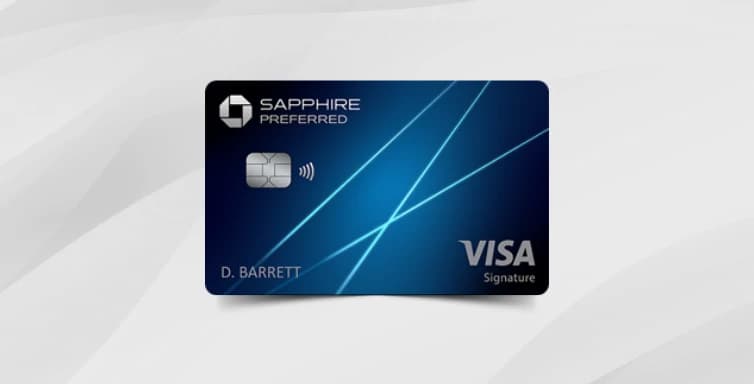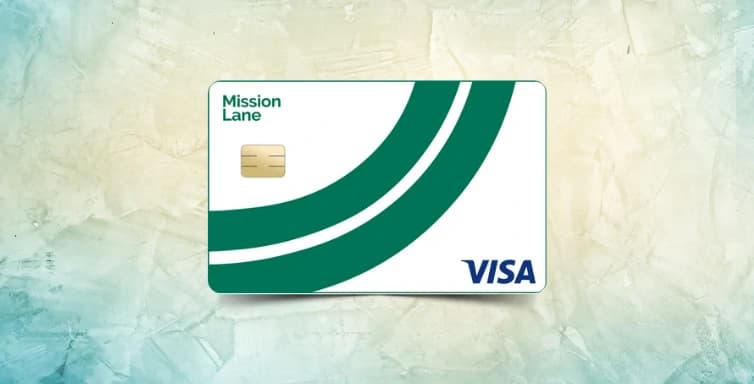Applying for a credit card like the Chase Sapphire Preferred® requires meeting certain eligibility criteria. These criteria ensure that applicants have the financial stability and creditworthiness to manage the card responsibly. To begin, one of the key factors is your credit score.
The Chase Sapphire Preferred® Card typically requires a good to excellent credit score. While there’s no specific cutoff, applicants with a FICO score of 690 or above are generally considered for approval. However, higher scores (above 720) significantly increase your chances of approval and may also result in a higher credit limit.
In addition to your credit score, Chase will consider other factors like your income and debt-to-income ratio. This means that even if you have a high credit score, you’ll still need to demonstrate that you can manage debt effectively. A stable income and a low amount of existing debt make you a more attractive candidate. Chase may also review your recent credit history.
If you’ve opened several new credit accounts within the last two years, Chase’s "5/24 rule" could disqualify you from approval. This rule limits applicants who have opened five or more credit cards across any issuer in the past 24 months, making it essential to be aware of your recent credit activity.
Lastly, having a history with Chase, such as holding other accounts or credit cards, may work in your favor. While this isn’t a requirement, a positive relationship with the bank can be beneficial during the approval process.
What Documents Are Required?
When applying for the Chase Sapphire Preferred® Card, you'll need to provide specific information and documents to verify your identity and financial standing. These documents help the bank assess your ability to handle credit and repay any balances you incur. Here's a breakdown of the key documents and information you should have ready when applying:
First, you'll need to provide personal identification information, including your full legal name, date of birth, Social Security number, and current address. These details are used to verify your identity and run a credit check. Ensure that all information is accurate and up-to-date, as any discrepancies can delay the approval process.
Next, Chase will require details about your employment status and income. You'll need to report your annual income, which can include salary, wages, and any other income sources like investments or rental income. This helps the bank determine your ability to pay off the credit card balance.
You may also be asked to provide your employer’s name and address. If you are self-employed, be prepared to offer additional documentation, such as tax returns or bank statements, to verify your income.
Chase might also request information about your housing status, such as whether you rent or own your home. If you rent, you may need to provide details about your monthly housing expenses. This helps the bank calculate your debt-to-income ratio, which plays a crucial role in determining your creditworthiness.
In some cases, additional documentation may be required, especially if the bank needs further verification of your identity or financial status. This could include utility bills, bank statements, or tax documents. Being prepared with these materials can speed up the application process and increase your chances of being approved quickly.
How to Use the Chase Sapphire Preferred® Card: Tips and Advice
Once you’ve been approved for the Chase Sapphire Preferred® Card, it’s time to start using it wisely to maximize its benefits. Here are some tips to help you make the most of your new card:
First and foremost, you’ll want to take advantage of the sign-up bonus. Chase often offers a substantial bonus to new cardholders who meet a minimum spending requirement within the first three months of opening the account.
By planning your purchases strategically, you can easily hit this threshold and unlock hundreds of dollars worth of points. Consider using the card for major expenses, such as booking flights or paying for large purchases, to reach the spending requirement quickly.
Another tip is to focus on the categories that earn you the most points. With the Chase Sapphire Preferred® Card, you’ll earn 2x points on travel and dining purchases. These categories include everything from airfare and hotels to restaurants and cafes.
By using your card for these types of expenses, you can maximize your rewards. However, don’t forget that you’ll still earn one point per dollar on all other purchases, so it’s beneficial to use the card for everyday spending as well.
To further enhance your points-earning potential, consider combining your Chase Sapphire Preferred® Card with other Chase credit cards that offer higher points on specific categories, such as groceries or gas. Chase Ultimate Rewards® points can be pooled across multiple cards, allowing you to maximize the value of your rewards.
When it comes to redeeming your points, the Chase Sapphire Preferred® Card gives you plenty of options. One of the best ways to use your points is by booking travel through the Chase Ultimate Rewards® portal, where you’ll receive a 25% bonus on your points. This means your points go further when used for travel-related purchases. Additionally, you can transfer points to one of Chase’s many travel partners, such as airlines and hotel chains, for even more value.
Finally, make sure to pay off your balance in full each month to avoid interest charges. While the card offers excellent rewards, carrying a balance and accruing interest can quickly negate the value of those rewards. By staying on top of your payments, you’ll be able to enjoy the full benefits of the Chase Sapphire Preferred® Card without incurring unnecessary fees.
Pros and Cons of the Chase Sapphire Preferred® Card
Like any credit card, the Chase Sapphire Preferred® Card has its pros and cons, which are important to consider before making a decision.
On the positive side, one of the biggest pros is the generous sign-up bonus. With the potential to earn thousands of points within the first few months of card ownership, this bonus alone can be worth hundreds of dollars when redeemed for travel or cash back.
Additionally, the card’s rewards structure is excellent for frequent travelers and food lovers, offering 2x points on travel and dining purchases. The 25% bonus when redeeming points through the Chase Ultimate Rewards® portal is another valuable perk that makes the card stand out from its competitors.
Another pro is the card’s flexibility when it comes to redeeming points. Whether you want to book travel, get cash back, or transfer points to a travel partner, you have plenty of options. The ability to transfer points to airlines and hotel loyalty programs can provide even greater value, especially if you’re able to find high-value redemption opportunities.
However, there are some downsides to the Chase Sapphire Preferred® Card as well. The annual fee, while relatively low at $95, is still a consideration, especially for those who don’t travel or dine out frequently enough to take full advantage of the rewards.
Additionally, the card’s rewards structure may not be ideal for individuals who spend more heavily in other categories, such as groceries or gas, where other credit cards may offer higher earning potential.
Another potential con is that while the card offers great travel benefits, it doesn’t include some of the luxury perks found with premium travel cards, such as airport lounge access or concierge services. If these types of benefits are important to you, you may want to consider a more premium card.
How to Apply for the Chase Sapphire Preferred® Card
Applying for the Chase Sapphire Preferred® Card is a straightforward process, but it’s important to be prepared and follow a few key steps to increase your chances of approval.
The first step is to visit the official Chase website and navigate to the Chase Sapphire Preferred® Card page. Once there, you’ll find the option to apply online. Chase will guide you through a series of questions to gather your personal information, including your name, address, Social Security number, and income details. Be sure to provide accurate and up-to-date information, as any discrepancies could delay the approval process.
Next, review your credit report to ensure that there are no errors that could impact your application. It’s a good idea to check your credit score before applying to see if you meet the recommended credit range for approval.
Once you’ve submitted your application, Chase will typically process it within a few business days. In some cases, you may receive an instant decision, while other applications may take a little longer for review. If additional information or documentation is needed, Chase will reach out to you for further details.
After approval, your new Chase Sapphire Preferred® Card will arrive in the mail within 7 to 10 business days, and you’ll be ready to start enjoying the benefits and rewards the card has to offer.

